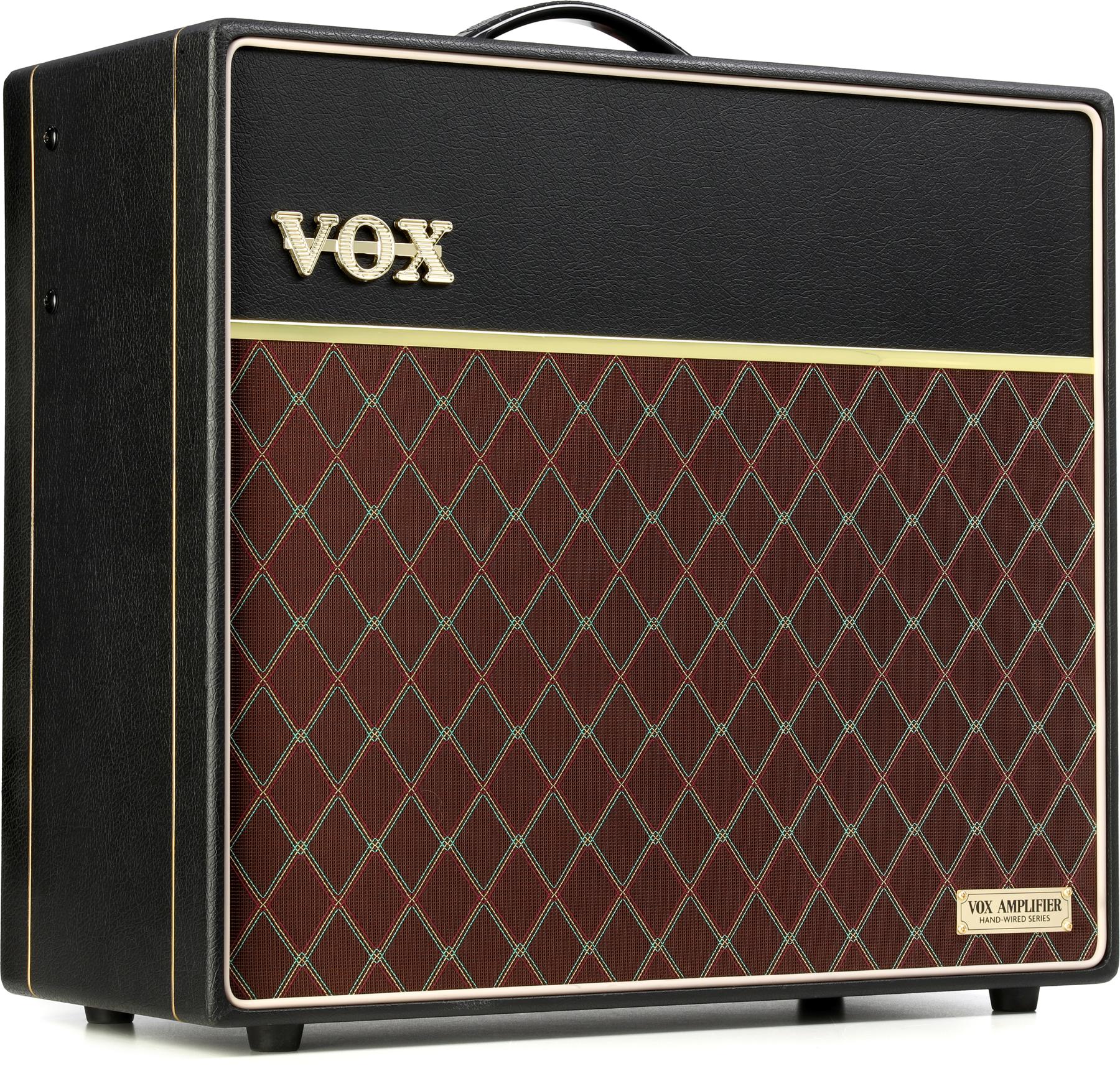Córdoba’s new Acero guitars are sometimes referred to as “hybrid” instruments. And while that term suggests any number of horrifying mutations of guitar as we know it, the “hybrid” is a marriage of steel-string and Spanish guitar design elements (Acero is Spanish for “steel”) that you could easily miss at a glance.
The Córdoba name is well known to nylon-string players, thanks to the company’s affordable Spanish-style guitars. But with the introduction of the Acero series—and Córdoba’s recent acquisition of Guild from Fender—the company is courting the steel-string player in a big way. So how does this fusion stack up sonically?
Flexible Steel
Among Córdoba’s most intriguing nylon-string designs are their crossover guitars—nylon-string models with svelte necks geared toward steel-string players who want to explore nylon-string styles and sounds. But the Acero series crosses over in the opposite direction, adapting Spanish design techniques that Córdoba insists improve sound and playability.
While the neck looks normal enough at a glance, it’s built with a Spanish heel, a classical construction technique wherein the body is affixed directly to the neck rather than a neck block. Spanish designers insist the method increases the guitar’s resonance because there is less mass, and the connection between body and neck is more direct. (There’s at least one disadvantage to this design: You can’t remove the neck without destroying the body.)
The top bracing is a hybrid of conventional X-bracing and “the Torres fan,” a pattern pioneered by legendary Spanish luthier Antonio de Torres Jurado, the grandfather of the modern classical guitar. The hybrid system is designed to strike a better balance between resonance and rigidity that, in theory, translates into livelier tone.
The D9-CE is built with a classic combination of a Sitka spruce top and mahogany back, sides, and neck. The fretboard and bridge are dark rosewood. The spruce reveals a cool hint of bear-claw figuring. The mahogany back is nicely book-matched and beautifully grained, with a lovely, warm brown glow.
Wood takes the place of plastic and shell for the D9-CEs tastefully minimal ornamentation. The simple rosette and 12th-fret inlay are acacia, a koa-like Asian species. The side dots are maple. The body binding, heel cap, and end strip are mahogany. The D9-CE is a handsome guitar that would not look out of place in a rack of boutique instruments.
Córdoba’s craftsmanship is also reminiscent of more expensive guitars. The TUSQ nut and saddle are perfectly notched, and the 20 frets are tidily crowned, smoothly polished, and free of jagged edges. The binding work is clean and perfectly flush. The polyurethane finish is thin and faultless. There’s nothing to complain about inside the guitar, either. The bracing and kerfing are smoothly sanded, and there isn’t a drop of excess glue.
Spanish Steel Feel
While the medium C-profile neck is easy to grip just about everywhere, the 1.8" nut width provides a sense that there’s a lot of real estate to work with. Thanks to the Venetian cutaway, it’s easy to get to the highest frets, though when playing in this region, the palm sometimes rubs against the neck heel’s strap button. (Too bad Córdoba didn’t include the button in the case as a user option, as they did with the transparent, self-adhesive pickguard.)
Ratings
Pros:
Resonant, lively, and playable.
Cons:
The strap button may be awkward.
Tones:
Playability:
Build/Design:
Value:
Street:
$850 (with humidifier-equipped hard case)
Córdoba Guitars Acero
cordobaguitars.com
Strummed first-position chords sound warm and rich, if lacking the thunderous power of the best dreadnoughts. Tonal balance is excellent, with taut bass, clear treble, and a nice balance of fundamentals and overtones. You’ll also hear impressive sustain and lush resonance, thanks to the instrument’s deep natural reverb. It’s evidence that Córdoba may be on to something with their hybrid bracing. Those resonant qualities add dimension and ambience to complex, closely voiced chords.
Flatpicked single-note lines sound detailed, and they project enough to work in bluegrass or swing band settings—impressive! Alternate tunings like double-drop D and open G are an absolute pleasure. The Córdoba is a great vehicle for the nuances of fingerpicking.
Amplified Fusion
The D9-CE is outfitted with Córdoba’s proprietary Acoustic Fidelity System II (AFS), which incorporates both piezo and microphone elements. The guitar plugs in via a quarter-inch jack on the lower-right bout, which is housed in a plastic enclosure alongside a nine-volt battery. It isn’t the most elegant-looking solution, though it’s largely out of sight when the guitar is in playing position. The volume, tone, and mic/piezo blend controls are situated on the upper-left bout.
Plugged into a Fender Acoustasonic amp with the controls at noon, the D9-CE sounds much like its unplugged self, with none of the tubby bottom end that can ruin an amplified acoustic sound. Edging the blend toward the piezo side makes for a clearer, more direct sound with a touch of typical piezo compression. The mic end sounds more detailed, but is prone to feedback at higher volumes.
The Verdict
Córdoba should be applauded for their novel approach to the steel-string flattop. The D9-CE’s Spanish-influenced bracing and construction yield satisfying sonic results, offering great playability at a reasonable price.
Watch the Review Demo:




















